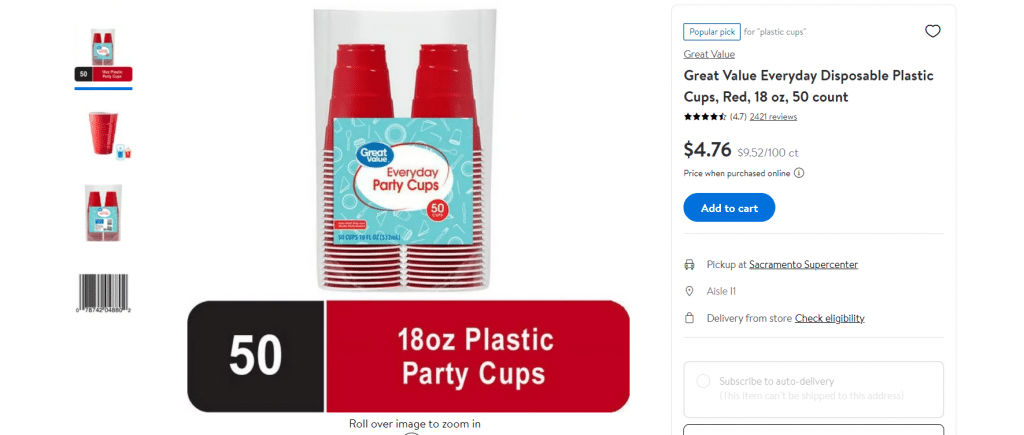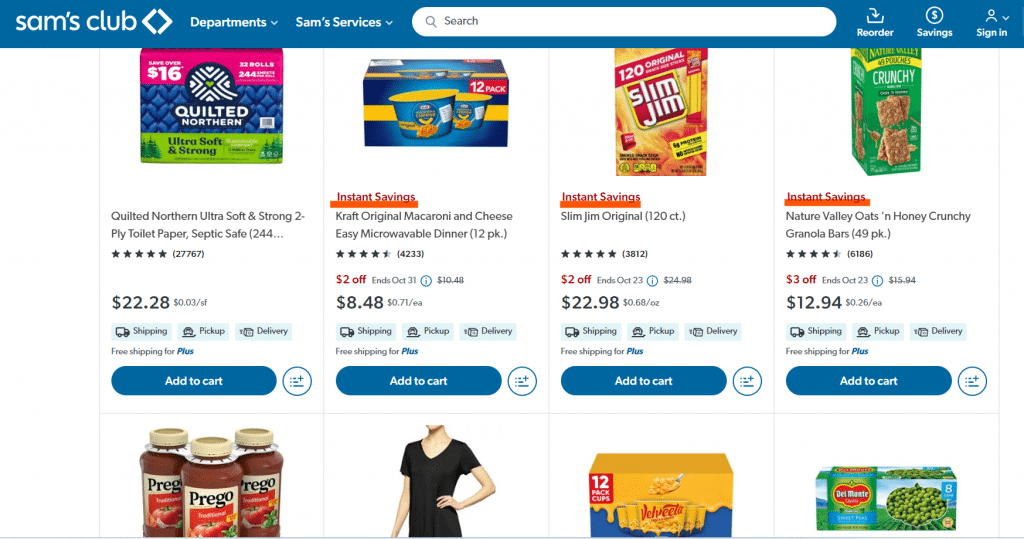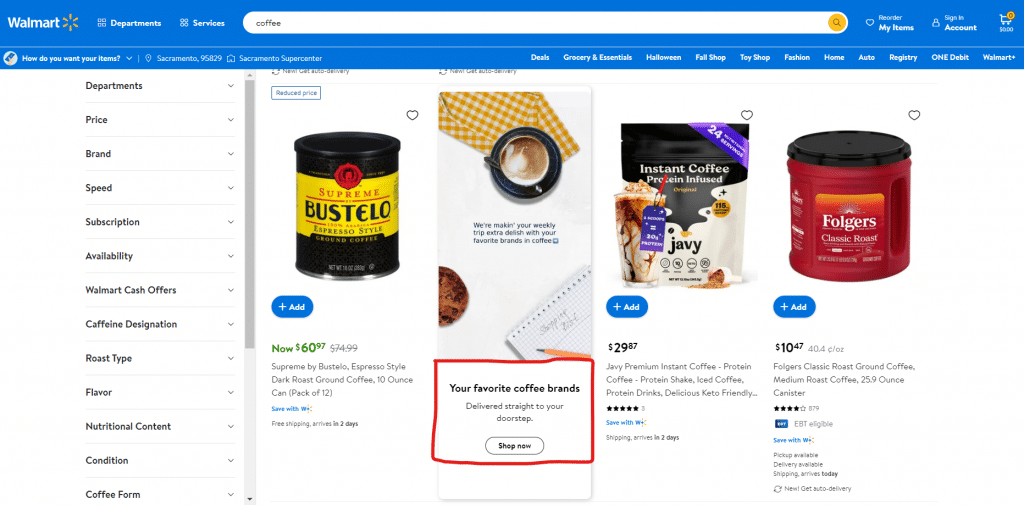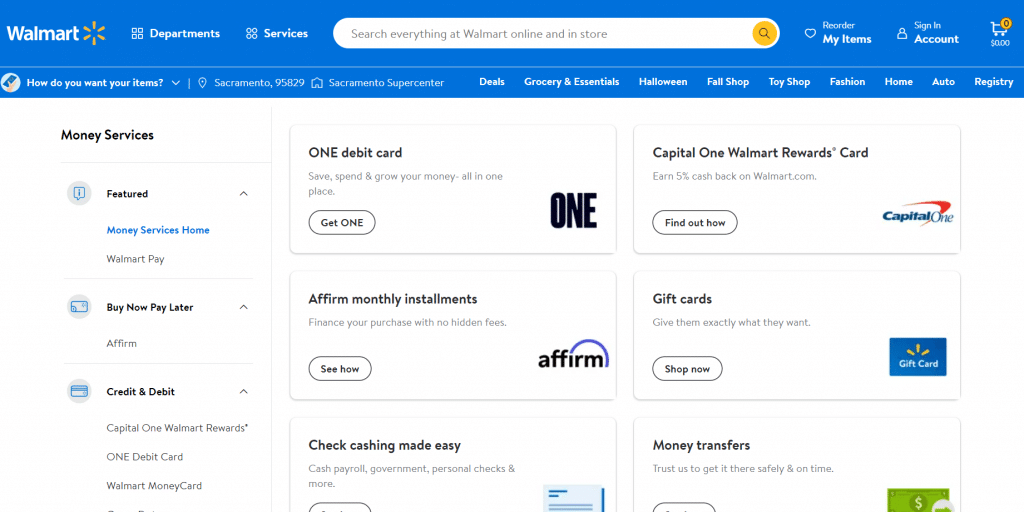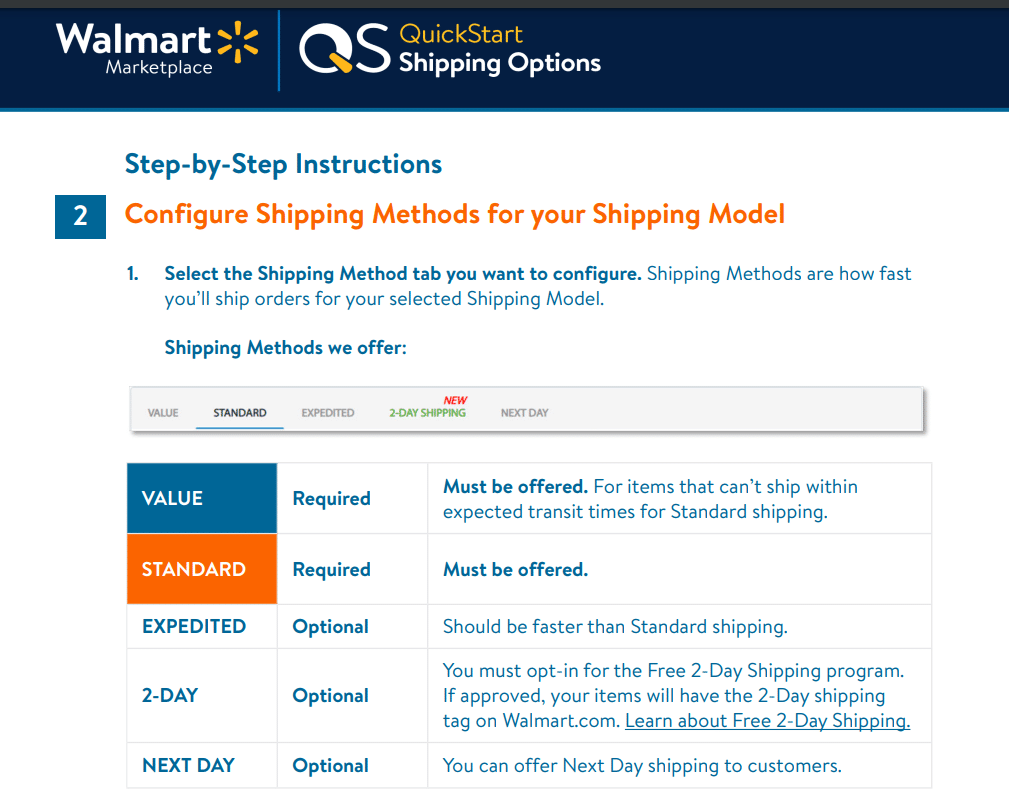How Does Walmart Make Money?

Walmart is a retail giant. With over 11,500 stores in 27 countries, it generated over $570 billion in revenue in 2022. As the world's largest retailer, have you ever wondered how Walmart makes its billions?
We're here to feed your curiosity. Let's dive into how Walmart makes money, exploring its various business segments and strategies contributing to its massive revenue.
Product Sales
Unsurprisingly, Walmart's primary revenue source is product sales. The company offers a wide range of products at competitive prices, which attracts customers from all income levels. Walmart can keep its prices low by using its excellence in appearance to negotiate lower prices from suppliers. The company makes the majority of its product sales from its brick-and-mortar stores. However, their company's e-commerce channels are also rapidly growing. Their sales increasing by 26% in 2022 speaks volumes.
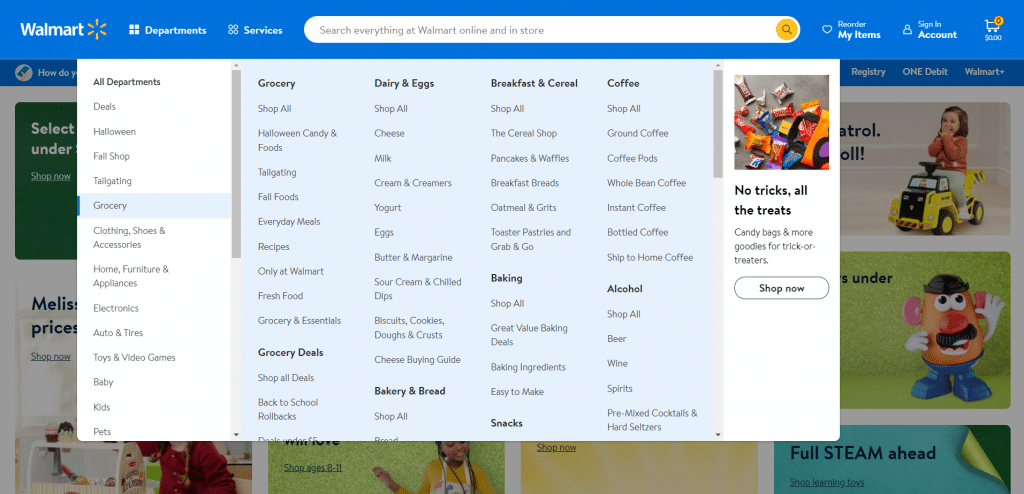
Private Label Sales
Walmart also makes money by selling varied private-label products, typically manufactured by third-party suppliers but sold under Walmart's brands. Private-label products are often less expensive than name-brand products, which makes them attractive to budget-conscious shoppers.
Walmart's private label brands include Great Value, Equate, and Mainstays. These brands offer diverse products, including groceries, household goods, and clothing.
Walmart's private label products have become increasingly popular in recent years and account for over 20% of the company's total sales.
Membership Fees
Another incredible income channel on how Walmart makes money is membership fees for its Sam's Club warehouse items. Members pay an annual fee to access exclusive discounts and other benefits. Sam's Club offers two primary membership tiers. The standard Club membership typically costs $50 yearly, while the higher-tier Plus membership is $110 annually.
Sam's Club members typically shop in bulk, which helps Walmart to reduce further costs. It's also a popular destination for businesses and families because of the variety of services it offers:
- Exclusive Discounts and Benefits: Sam's Club members receive various perks, including access to bulk purchasing opportunities, discounted prices on a wide range of products, and early shopping hours. These benefits incentivize customers to become members and renew their memberships annually.
- Diverse Product Range: Sam's Club offers many products, including groceries, electronics, appliances, and more. This variety attracts a broad customer base, contributing to higher membership enrollments.
- Additional Services: In addition to products, Sam's Club provides various services such as tire centers and optical centers. These services add value to the membership and encourage members to utilize these offerings, increasing revenue.
Advertising
Walmart sells advertising space in its stores and on its website. This revenue stream is becoming increasingly popular for Walmart as advertisers know more shoppers turn to online shopping.
Walmart offers a variety of advertising options to businesses, including in-store displays, digital ads, and sponsored product listings. Walmart's advertising business is advancing rapidly and is expected to generate over $10 billion in revenue in 2023.
Here's a deeper look at how advertising contributes to Walmart's income:
- In-Store Advertising: Walmart opens opportunities for businesses to promote their products and brands within its physical stores. This entails in-store displays, signage, and promotional materials strategically placed to capture shoppers' attention while they browse the aisles.
- Digital Ads: Walmart's online presence provides a platform for digital advertising. The company allows businesses to place digital ads on its website, reaching a vast online audience. These digital ads can promote products, services, or special offers to online shoppers.
- Sponsored Product Listings: Walmart offers sponsored product listings, where businesses can pay to have their products featured prominently in search results or product listings on the website. It enhances visibility and increases the likelihood of conversions.
Financial Services
Walmart also offers financial services, which makes it more convenient for customers. Walmart partnered with financial institutions to offer the following services:
- Money Transfers: Walmart makes money by facilitating domestic and international fund transfers, allowing customers to send funds to family and friends. The company charges fees for these services, generating revenue while offering a convenient solution for customers.
- Check Cashing: Walmart provides check-cashing services, enabling customers to cash checks without a traditional bank account. Fees are applied to these transactions, contributing to Walmart's earnings.
- Bill Payment: Walmart offers bill payment services, allowing customers to settle their utility bills, rent, and other payments at Walmart stores. Fees are charged for these transactions, adding to the company's revenue.
- Partnerships with Financial Institutions: Walmart collaborates with financial institutions to offer additional financial services, such as co-branded credit cards and loans. These partnerships generate revenue through fees and expand Walmart's reach in the financial sector.
Other Revenue Streams
In addition to the ways in which Walmart makes money listed above, the company also generates revenue from a variety of other sources, including:
1. Commissions
When third-party sellers sell their products on Walmart's website, Walmart earns a 6-15% portion of that sales as commission. Here's a detailed breakdown of how this revenue stream operates:
- Third-Party Sellers: Walmart allows third-party sellers to list and sell their products on its e-commerce platform, Walmart Marketplace. These sellers can be individual entrepreneurs, small businesses, or even larger brands looking to expand their online presence.
- Access to Customer Base: By joining Walmart Marketplace, these third-party sellers gain access to Walmart's extensive and diverse customer base. It is a valuable opportunity for sellers to reach millions of potential buyers.
- Fee Structure: Walmart charges these third-party sellers a fee, commonly known as a commission, for utilizing Walmart's marketplace infrastructure, customer reach, and services. The fee structure may vary based on product categories and sales prices, with commissions typically ranging from 6% to 15% of the sale price.
- Revenue Generation: The commissions collected from these sellers contribute significantly to Walmart's overall revenue. As more sellers choose to list and sell their products on Walmart Marketplace, the company benefits from the fees and the increased variety and assortment of products available to customers.
- Win-Win for Sellers and Walmart: This income model creates a win-win situation. Sellers gain exposure to a massive customer base, and Walmart generates revenue while expanding its product offerings without the need to maintain vast inventories.
2. Fulfillment fees
Fulfillment fees are another income stream for Walmart. They charge these fees to third-party sellers who use the company's fulfillment services. In addition to the fulfillment fee, Walmart charges a storage fee for items stored in its fulfillment centers for more than 30 days. The storage fee is based on the volume of stored products.
| Weight range | Fee |
| Up to 1 lb | $3.45 |
| 2 lb | $4.95 |
| 3 lb | $5.45 |
| 4-20 lb | $5.75 + $0.40 for each lb > 4 lb |
| Over 20 lb | $9.75 + $0.75 for each lb > 20 lb |
3. Shipping fees
Aside from the fulfillment fees, Walmart also charges shipping fees to customers who order products through its e-commerce platform. When customers make online purchases, they may have the option to have their items shipped to their desired location, whether it's their home, a local Walmart store for pickup, or another designated address.
Walmart applies shipping fees based on factors such as the shipping method chosen, the delivery location, the size and weight of the items, and the overall order value. Walmart provides various shipping options, including standard, expedited, and free shipping for eligible orders.
4. Other Business Ventures
Walmart is also investing in new ventures, such as its fintech enterprise and healthcare business.
- Walmart Fintech – offers financial services to customers, such as money transfers, check cashing, and bill payment.
- Walmart Healthcare – offers healthcare services, such as vision centers and dental clinics.
Conclusion
Walmart's ability to make money is a testament to its diversified business model. From traditional retail to e-commerce, healthcare services to financial offerings, Walmart's revenue sources are both vast and varied. As the company continues to adapt and innovate, its earnings are likely to remain robust.
